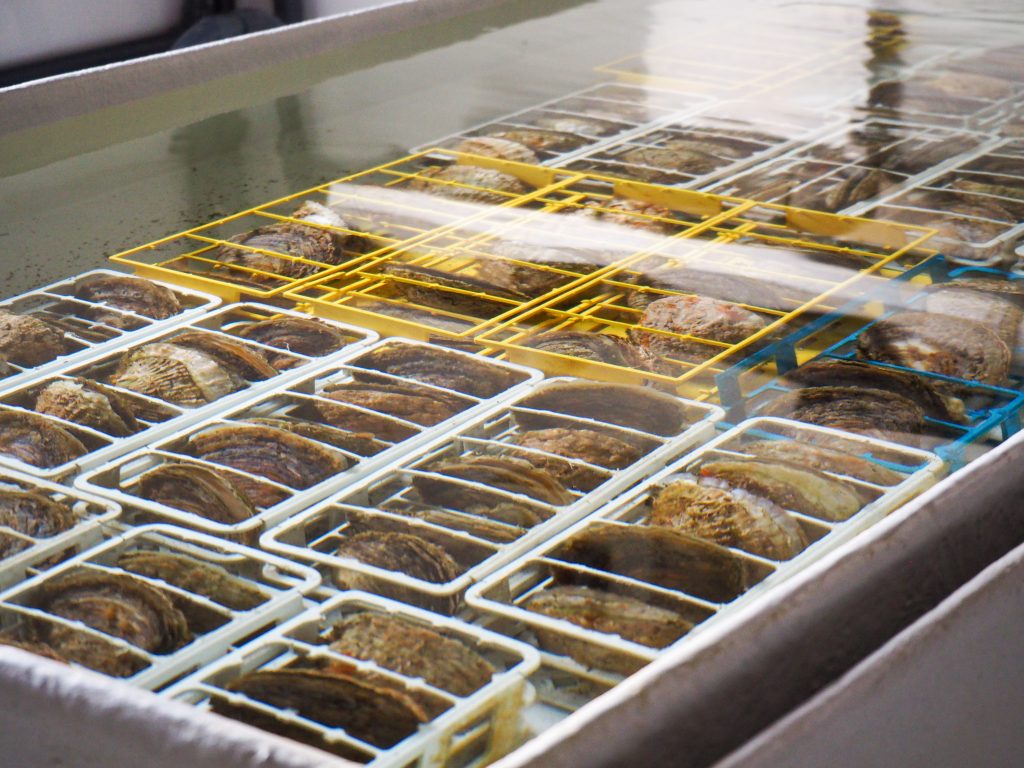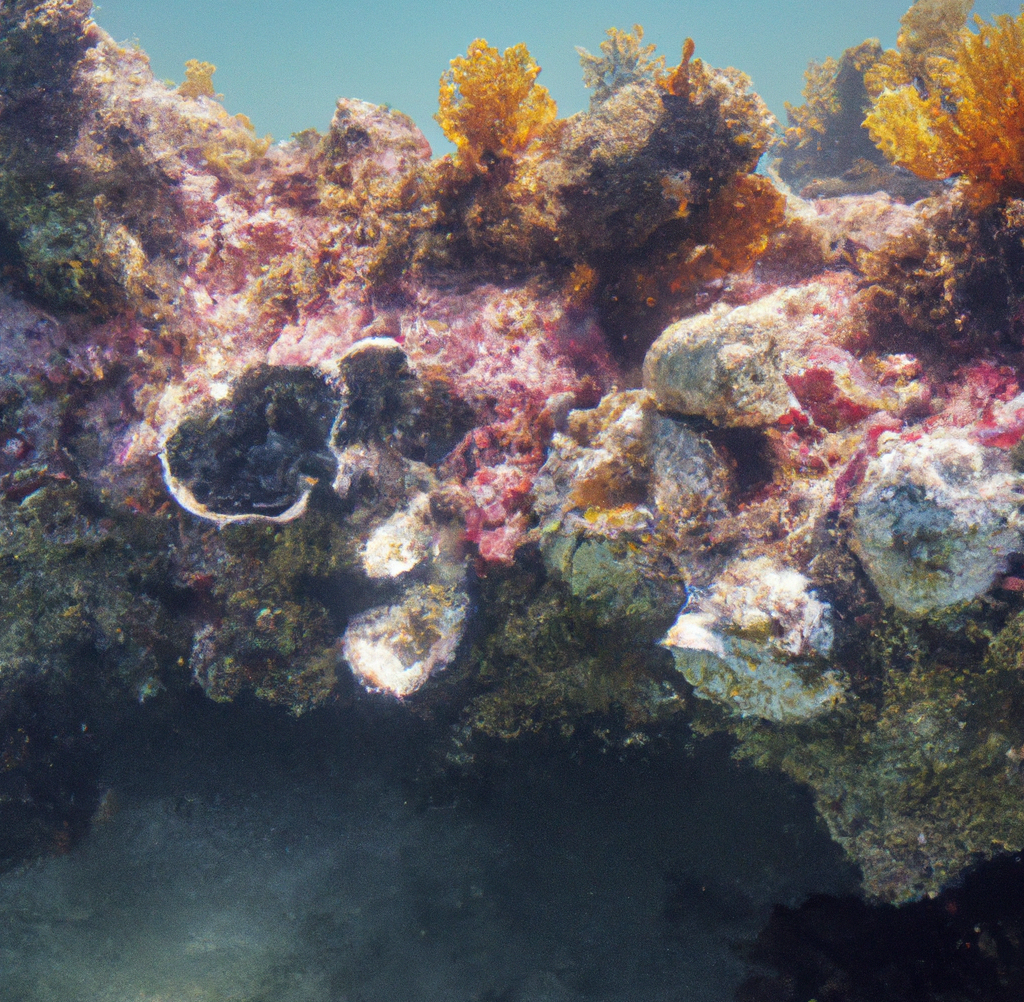Oysters are not the most beautiful species out there, but they have fascinating qualities. We might be a bit biased, but we are sure that these incredible features will surprise you too.
Typically, they begin as males and transition to females one year later, after their first spawning. Depending on the species and conditions, oysters have the remarkable ability to switch genders multiple times throughout their lives. Their reproductive organs can produce both sperm and eggs.


Oysters don’t exist in isolation. They stack upon one another, forming long-lasting reef structures that become a habitat for hundreds of other species.
This is why often we don’t talk about oysters but about oyster reefs as a whole, highlighting the larger habitat they create.
While the European native oysters (Ostrea edulis) usually grow up to 13 cm, the Pacific oysters (Crassostrea gigas) can reach 35 cm in length, making them one of the largest oyster species.

Ostrea edulis – freenatureimages.eu/

Casosstrea gigas – freenatureimages.eu/
Although the reported average lifespan is around 6 years, this is because they are often harvested at a young age. In nature, oysters can survive up to 25 or even 30 years. Remarkably, despite being aquatic creatures, they can survive out of the water for several days.

Olsen map showing native oyster reefs 150 years ago
Globally, 85% of wild oyster reefs have been lost over the past century. In the North Sea, the situation is even more alarming with only 5% of native oyster reefs remaining.

They are filter feeders, which means they feed on the particles suspended in the sea, cleaning the water and making it clearer. Each oyster can filter up to 200 litres of water per day.
By filtering water, oysters capture nitrogen particles, part of which are used for growth, repair and reproduction and the excess release as pseudofeces into the sediment. The microorganisms associated with oyster reefs then facilitate a series of transformations, converting trapped pollutants into neutral nitrogen gas.
These are just a few of the remarkable characteristics that make oysters truly unique. But there are certainly more, and we’ll tell them in a future blog.